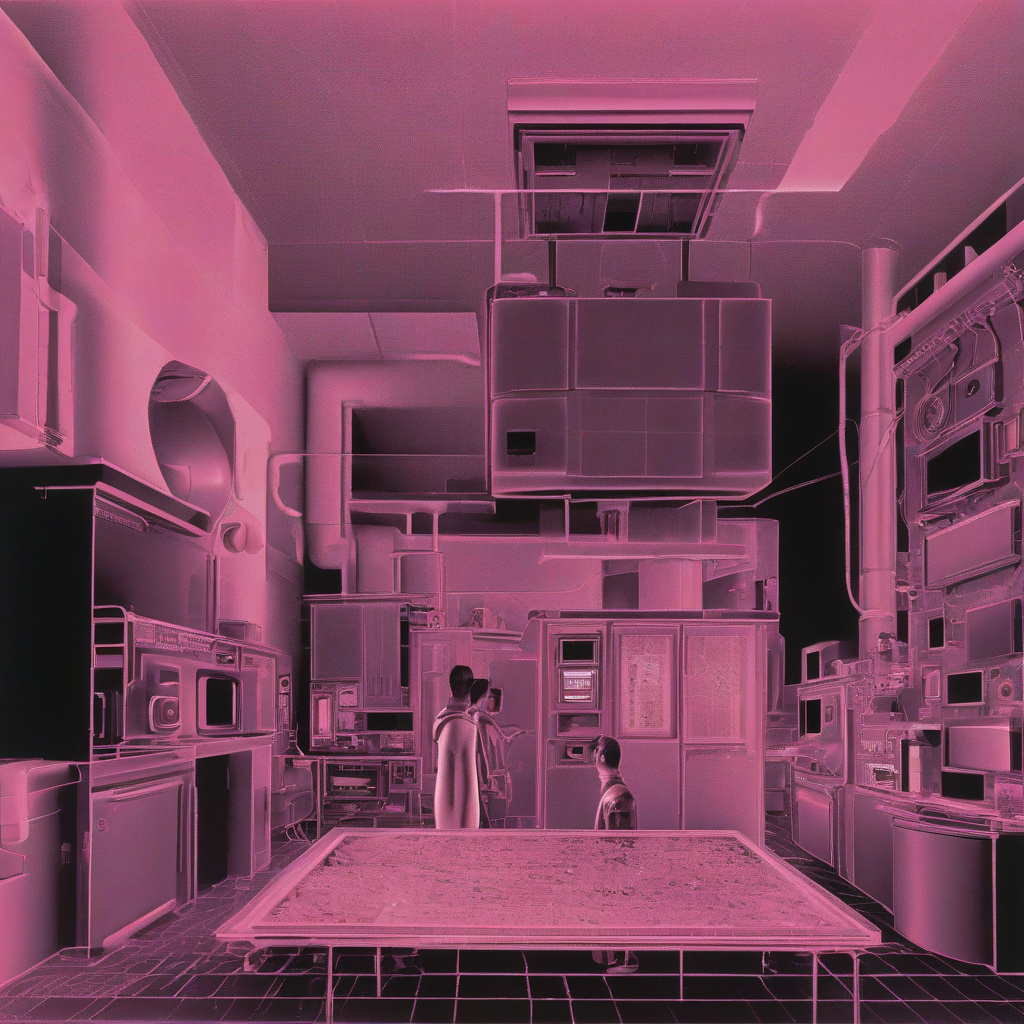How Thermal Imagers Work and How to Hide from Them
In the 1930s, the inception of primitive devices marked the beginning of capturing heat signatures to visualize heated objects in the dark. Fast forward almost a century, and these rudimentary tools have evolved into sophisticated thermal imagers, revolutionizing various industries with their capabilities.
Thermal imagers operate on the principle of detecting infrared radiation emitted by objects. Unlike traditional cameras that rely on visible light, thermal imagers detect heat signatures in the form of infrared radiation, which is invisible to the human eye. This technology allows users to visualize temperature variations in their surroundings, making it invaluable for a wide range of applications.
One of the key components of a thermal imager is the infrared detector, which converts the infrared radiation emitted by objects into an electrical signal. This signal is then processed to create a thermal image, where different colors or shades represent varying temperatures. By interpreting these thermal images, users can identify hotspots, inspect machinery, conduct building inspections, and even aid in search and rescue missions.
Despite their widespread use and utility, thermal imagers do have limitations. For instance, they may struggle to penetrate certain materials like glass or plastics, as these materials can reflect or block infrared radiation. Additionally, extreme environmental conditions such as heavy rain or fog can affect the performance of thermal imagers, reducing their effectiveness in such scenarios.
Now, the question arises – how can one hide from thermal imagers? While evading thermal detection entirely may be challenging, there are some strategies that can help minimize your thermal signature. One approach is to utilize materials that have low thermal conductivity, as these materials are less likely to emit detectable heat signatures. Additionally, creating physical barriers or using insulating materials can help reduce the amount of heat emitted by an object, making it harder to detect using thermal imaging technology.
In conclusion, the evolution of thermal imagers from their humble beginnings in the 1930s to the advanced systems of today has transformed the way we perceive and interact with our environment. These powerful tools have found applications in various fields, from industrial inspections to military operations, showcasing their versatility and importance in modern technology. While hiding completely from thermal imagers may be a challenge, understanding how they work and employing strategies to minimize your thermal signature can be valuable in certain situations.
So, the next time you find yourself under the watchful gaze of a thermal imager, remember these tips to stay one step ahead of the game.
To read more about how thermal imagers work and tips on hiding from them, visit Tech Digest.

